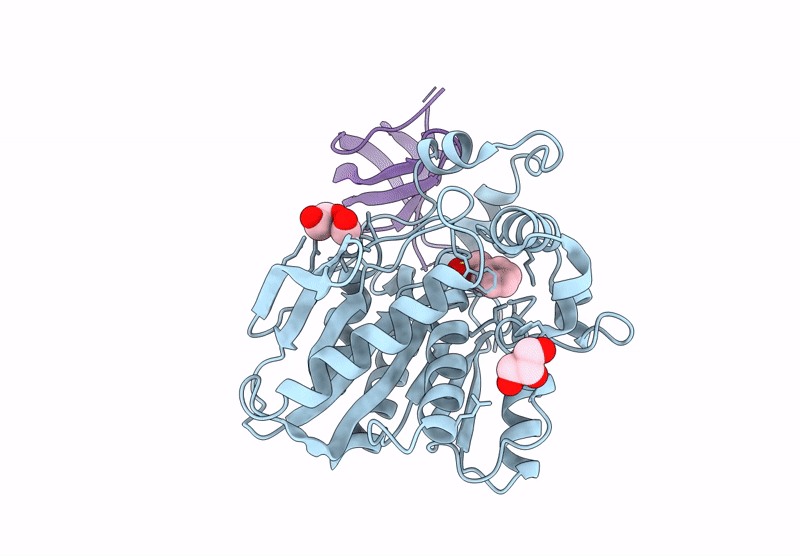
Deposition Date
2024-10-07
Release Date
2025-01-15
Last Version Date
2025-01-15
Entry Detail
PDB ID:
9JU4
Keywords:
Title:
Crystal structure of the Thermotoga maritima cold shock protein mutant Est#13 in complex with AacEst
Biological Source:
Source Organism:
Alicyclobacillus acidocaldarius (Taxon ID: 405212)
Thermotoga maritima (Taxon ID: 2336)
Thermotoga maritima (Taxon ID: 2336)
Host Organism:
Method Details:
Experimental Method:
Resolution:
2.00 Å
R-Value Free:
0.20
R-Value Work:
0.16
R-Value Observed:
0.17
Space Group:
P 1 2 1


